Have you ever wondered why some people instantly captivate us, while others fade into the background? Attraction isn’t just about physical beauty—it’s deeply rooted in psychology, evolution, and biology. In this article, we’ll explore seven science-backed reasons why certain features and behaviors make someone appear more attractive, and how you can leverage this knowledge to understand human connections better.
What Makes Someone More Attractive?
7. Pupil Dilation: The Window to Subconscious Attraction

Your eyes aren’t just the window to your soul—they’re also a powerful indicator of attraction. Research shows that pupil dilation occurs when we see someone we find appealing. This involuntary response signals interest and arousal, making individuals with larger pupils appear more engaging.
A study by the University of Chicago found that participants rated faces with dilated pupils as more attractive, even when they weren’t consciously aware of the change. This phenomenon ties back to our primal instincts: dilated pupils suggest excitement and focus, traits linked to romantic interest.
6. Waist-to-Hip Ratio: The Evolutionary Ideal of Body Proportions
The waist-to-hip ratio (WHR) is one of the most studied markers of attractiveness. For women, a ratio of 0.7 (indicating a narrower waist compared to hips) is often perceived as ideal, while men with a 0.9 ratio (broad shoulders, tapered waist) are seen as more attractive.
Evolutionary psychologists argue this preference stems from associations with fertility and health. A Harvard study revealed that women with balanced WHRs have higher estrogen levels, signaling reproductive fitness. Similarly, men with muscular torsos are subconsciously viewed as better protectors.
5. Facial Symmetry: The Universal Marker of Beauty

Facial symmetry is a cornerstone of attractiveness across cultures. Symmetrical faces are perceived as healthier and genetically superior, according to a landmark study published in the Journal of Comparative Psychology.
Our brains are wired to prefer balance, as asymmetry can indicate developmental stressors or illnesses. Tools like 3D facial mapping show that even minor deviations from symmetry reduce perceived attractiveness. Celebrities like Angelina Jolie and Chris Hemsworth exemplify this universal ideal.
4. The Power of Averageness: Why “Typical” Faces Are More Appealing
Contrary to popular belief, standing out isn’t always better. Studies suggest that averageness—faces that blend common features—are rated as more attractive. This phenomenon, known as the “averageness effect,” was demonstrated in a University of Texas experiment where composite faces (made by averaging multiple images) were preferred over individual ones.
Evolutionarily, average features signal genetic diversity and lower risk of mutations. This explains why makeup and cosmetic procedures often aim to enhance—not radically alter—natural features.
5. Diet and Skin Health: How Nutrition Shapes Perceived Attractiveness
Your diet doesn’t just affect your waistline—it also influences your skin’s glow, a key factor in attractiveness. Foods rich in antioxidants (e.g., berries, leafy greens) improve skin texture and reduce inflammation, while dehydration or excessive sugar intake can lead to dullness and breakouts.
A University of St. Andrews study found that participants who consumed more fruits and vegetables developed a healthier, more attractive skin tone within weeks. This “carotenoid glow” signals vitality, making individuals appear more approachable and vibrant.
2. The Role of Smell: Pheromones and Subconscious Chemistry

Body odor plays a surprising role in attraction. Our noses detect pheromones—chemical signals linked to genetic compatibility. Research from the Weizmann Institute of Science shows that people are drawn to the scent of those with dissimilar immune system genes (MHC complexes), which promotes healthier offspring.
Perfumes and colognes may enhance this effect, but natural scents often have the strongest impact. This explains why a partner’s t-shirt might smell “comforting” despite lacking artificial fragrances.
1. Taste and Attraction: The Flavor of Romantic Chemistry

While less obvious, taste preferences and kissing habits influence attraction. Saliva contains clues about genetic makeup and health, which is why passionate kissing may subconsciously assess compatibility.
A study in Evolutionary Psychology found that women prioritize a partner’s taste during ovulation, possibly to screen for genetic quality. Shared food preferences also foster bonding, as meals are often social and intimate experiences.
Conclusion: The Science of Attraction Is Multifaceted
From the subtle dilation of pupils to the hidden messages in body odor, attraction is a complex interplay of biology and psychology. Understanding these factors not only satisfies curiosity but also empowers us to build deeper, more meaningful connections.
By focusing on health, confidence, and authenticity, anyone can enhance their natural allure—no magic required.


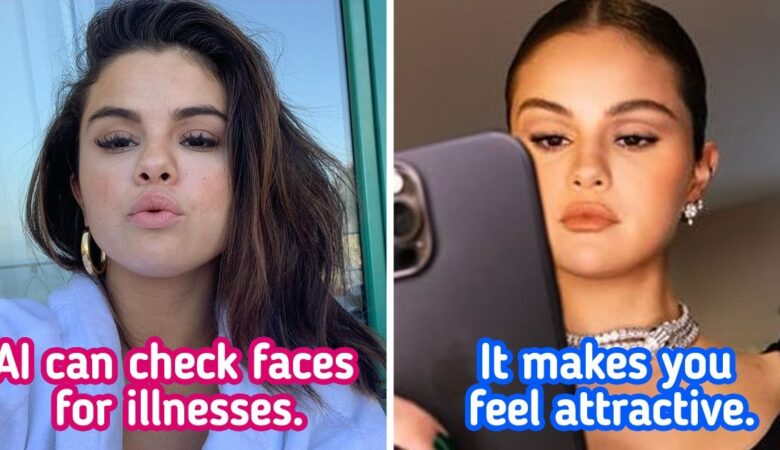
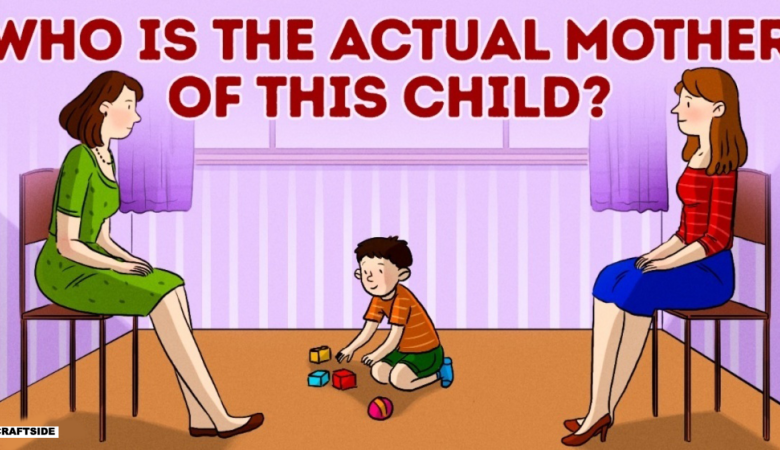
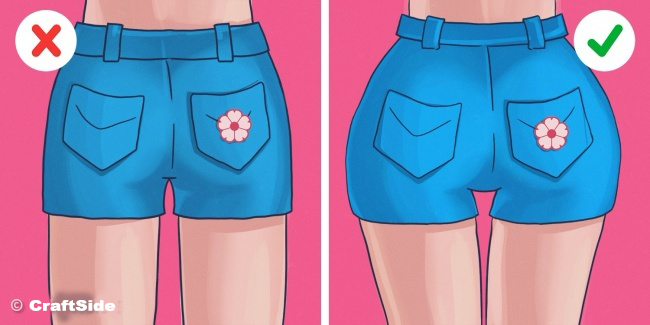
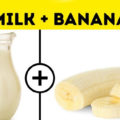


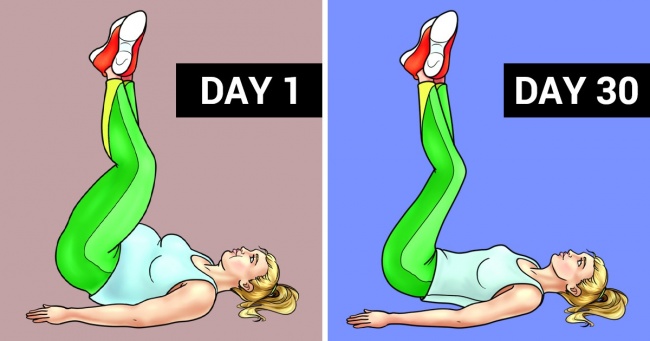
Leave a Reply